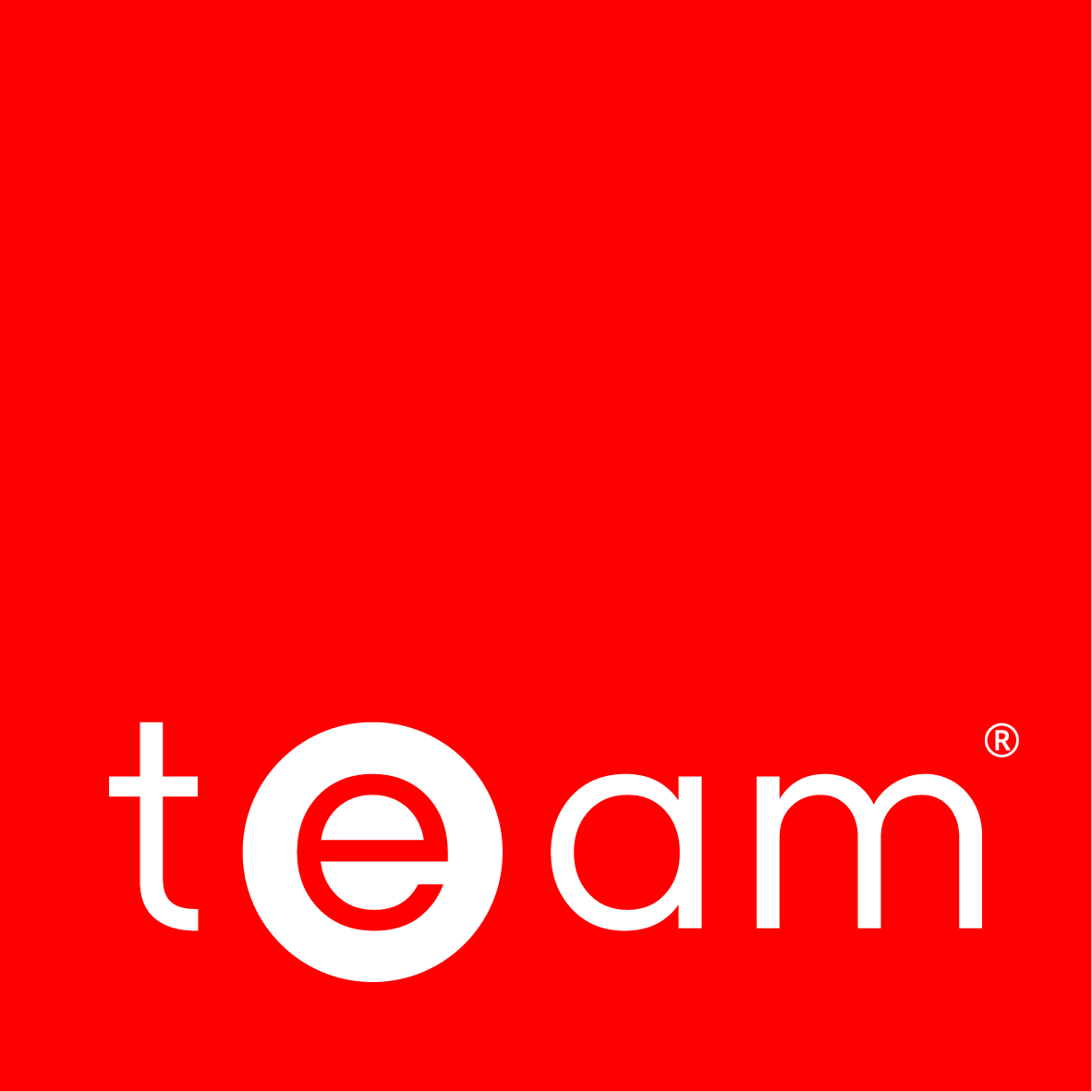Following on from the Distribution Use of System (DUoS) changes that came into place in 2022, Ofgem has changed the way the Transmission Network Use of System (TNUoS) and the Balancing Service Use of System (BSUoS) are charged. Why are these changes coming into place? To help you understand what these changes could mean for […]
To support customers with this industry change, EDW Technology has launched a new solution to automate the switching process. What is the Switching Programme? Ofgem’s Switching Programme, launched to the energy industry on 18 July 2022, provides a faster and more reliable way for businesses and consumers to switch energy suppliers. Ofgem has introduced a […]
Ofgem’s Targeted Charging Review (TCR) initiative aims to modernise the electricity network and transform the management of the National Grid. The changes which address the way Distribution and Transmission charges are allocated are expected to save consumers between £4-5bn over the period to 2040. Despite the ambitious cost saving forecasts, the move isn’t without controversy. […]
What is the RHI? The Renewable Heat Incentive (RHI) was introduced to support technologies that generate heat from renewable sources. The non-domestic phase of the scheme provides organisations, large or small, income for generating their own energy. We’ve put together answers to some of the questions we get about the scheme: What sort of return […]
As of 1st April, DCP161 will be effective. Introduced by Ofgem, this new regulation will allow utility companies to charge a penalty rate when their commercial customers draw more power than expected. DCP161 changes the Distribution Connection and Use of System Agreement (DCUSA) and will introduce Excess Capacity penalties for Half Hourly (HH) electricity supplies. […]
In a changing world of energy systems, Ofgem believe that the regulations should change to encourage the deployment of new smart technologies and respond to the emerging issues that they bring. They want to base its definition of storage as outlined by the Electricity Storage Network. That is:‘Electricity storage in the electricity system is the […]
More than 17,500 full applications have been made under the non-domestic Renewable Heat Incentive Scheme (RHI) since it opened in 2011, new Renewable Heat Incentive statistics have revealed. According to January’s Renewable Heat Incentive statistics, released by the Department for Business, Energy and Industrial Strategy (BEIS); 16,317 have received full accreditations; 15,471 installations have received […]
Here is the latest update on the Heat Network (Metering and Billing) Regulations 2014. Government officials have announced plans to adjust the Heat Network (Metering and Billing) Regulations 2014. TEAM’s RHI Industry Expert Justine Grant explains some of the changes expected to implemented in 2017.The Department for Business Energy and Industrial Strategy (BEIS) has updated […]
The Government has released its weighty response to the consultation of the Renewable Heat Incentive (RHI): A Reformed Scheme. TEAM’s RHI Industry Expert Justine Grant explains some of the changes expected to implemented in Spring 2017. In 2015, the Government announced plans to increase funding for the Renewable Heat Incentive from 2016 to 2017. By […]
P272 is a regulatory change which alters the way business energy use is metered and billed. TEAM’s Bureau Manager, Scott Tomsett, explains more… All electricity suppliers have a P272 regulatory obligation directed by Ofgem to change the way customers with Profile Classes of 05 to 08 meters are billed. These changes must be made by […]
The Building and Engineering Services Association has revised its Guide to Good Practice: Heat Metering for the RHI thanks to TEAM’s Justine Grant. The heat metering guide provides easy-to-read tips in ten chapters, with a clear index to help readers dip into its pages for specific types of information. The book covers the design, specification, […]
TEAM’s Bureau Manager Scott Tomsett explains how a unique training course could help many businesses reduce their energy bills and manage their suppliers. Thousands of UK businesses are battling against their energy suppliers, with common complaints ranging from providers issuing incorrect bills to confusion over complex tariffs. Understanding an energy bill can often be confusing […]
